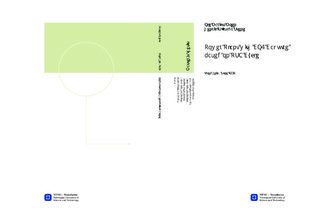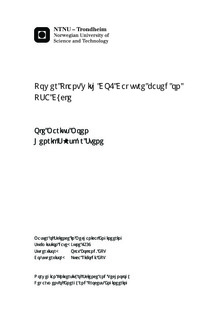| dc.description.abstract | Two coal-fired power plants with CO2 capture by Pressure Swing Adsorption (PSA) havebeen modeled and simulated. The two power plants considered were IntegratedGasification Combined Cycle (IGCC) and conventional Pulverized Coal Combustion (PCC). Amathematical model of the PSA process for each of the power plants was developed and thegoal was to evaluate the feasibility of PSA as a technology for decarbonisation. Theperformance with CO2 capture by PSA was compared to a reference plant without CO2capture and to a power plant with CO2 capture by absorption, which is considered as thebenchmark technology. The size and number of the PSA columns were estimated todetermine the footprint.For the PCC power plant, the PSA model was a two-stage process consisting of a front and a tail stage. Two-stages mean that it consisted of two consecutive PSA processes. The front stage was a three-bed, five-step Skarstrom process with rinse. The tail stage was a two-bed, five-step Skarstrom process with pressure equalization. Zeolite 5A was used as adsorbent. For a specified capture rate of 90.0 %, the process achieved a purity of 96.4 % and a specific power consumption of 1.3 MJ/kgCO2. The net plant efficiency dropped 16.6 percentage points from 45.3 % to 28.7 % when introducing CO2 capture by PSA. In comparison, the PCC plant using absorption achieved a net plant efficiency of 33.4 %. The results indicate that the current state of the art PSA technology for decarbonisation as an alternative to absorption is not realistic for PCC power plants.For the IGCC power plant, the PSA model was a seven-bed, twelve-step Skarstromconfiguration with four pressure equalization steps using activated carbon as adsorbent. The process achieved a purity of 87.8 % and a capture rate of 86.3 % with negligible power consumption. The PSA process did not satisfy the performance targets of 90 % recovery and 95.5 % purity, and due to the low purity it is uncertain whether or not transport and storage of CO2 is at all feasible. The net plant efficiency dropped 12.5 percentage points from 47.3 % to 34.8 %. In comparison the IGCC plant with absorption achieved a net plant efficiency of 36.4 %. The results showed that PSA as a capture technology for IGCC power plants could not perform quite as well as absorption. However, PSA as a capture technology could have a potential if the purity could be increased, and is therefore more promising than PSA for PCC power plants. | nb_NO |

